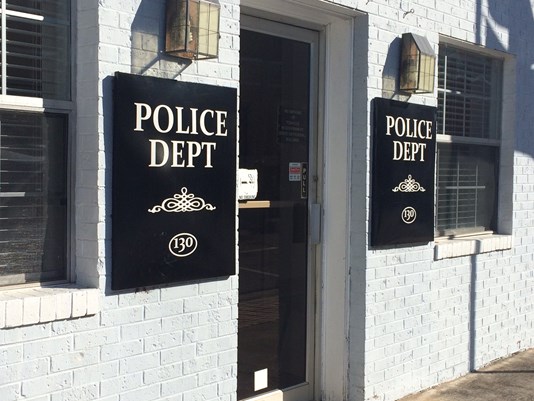An off-duty Sandersville Police officer has saved the life of a 2-year-old child, who was said to be drowning.
The Putnam County Sheriff’s Office said that the child was at a child’s party with his family, when he went into the water. A witness saw the child taking off his life vest and then was later seen floating in the water.
When the child was taken out of the water, he was not breathing and had turned blue. The Officer, Justin Smith began CPR to revive the child, which ultimately saved the child’s life.
CPR stands for Cardio Pulmonary Resuscitation.
This lifesaving procedure is done when a child’s breathing or heartbeat has stopped caused by drowning, choking or an injury.
CPR is best done by someone trained in an accredited CPR course. All Parents and caregivers should learn infant and child CPR if they have not already.
CPR on a child between the ages of 1 and 8, involves the following methodology:
- Look for signs of alertness: Ask loudly, “Are you okay?” and shake or tap the child gently.
- If the child does not respond, shout for help. Ask someone to call 911 and do not leave the child alone until you have done CPR for about 2 minutes.
- Place the child on their back very carefully. If there is any possibility that the child has a spinal injury – 2 people should move the child in order to prevent their head and neck from twisting.
4. Do Chest Compressions:
- Put the heel of one hand on the breastbone (just below the nipples and not at the very end of the breastbone)
- Place the other hand on the child’s forehead, keeping the head tilted back.
- Press down on the child’s chest compressing it about 1/3 to 1/2 the depth of the chest.
- Do 30 chest compressions and let the chest rise completely each time. Compressions should be hard and fast with no pausing. Count the 30 compressions quickly: “1,2,3,4,5,6,7,8,9,10,11,12,13,14,15,16,17,18,19,20,21,22,23,24,25,26,27,28,29,30, off”.
- To open the child’s airway – lift up the chin with one hand. At the same time, tilt the head by pushing down on the forehead with the other hand.
- Check to see if the child is breathing by placing your ear close to the child’s mouth and nose. Watch for chest movement and feel for breath on your cheek.
- Do the following if the child is not breathing:
- Using your mouth, cover the child’s mouth tightly
- Pinch the child’s nose closed.
- The chin must be lifted and head tilted.
- Give two rescue breaths where each breath should take about a second and make the chest rise.
- If the child still does not have normal breathing, coughing, or any movement after 2 minutes of CPR and if you are alone with the child, call 911.
- Continue with the chest compressions and rescue breathing until the child recovers or help arrives.
- If the child starts to breathe again, place him or her in the recovery position and keep checking for breathing until help arrives.
